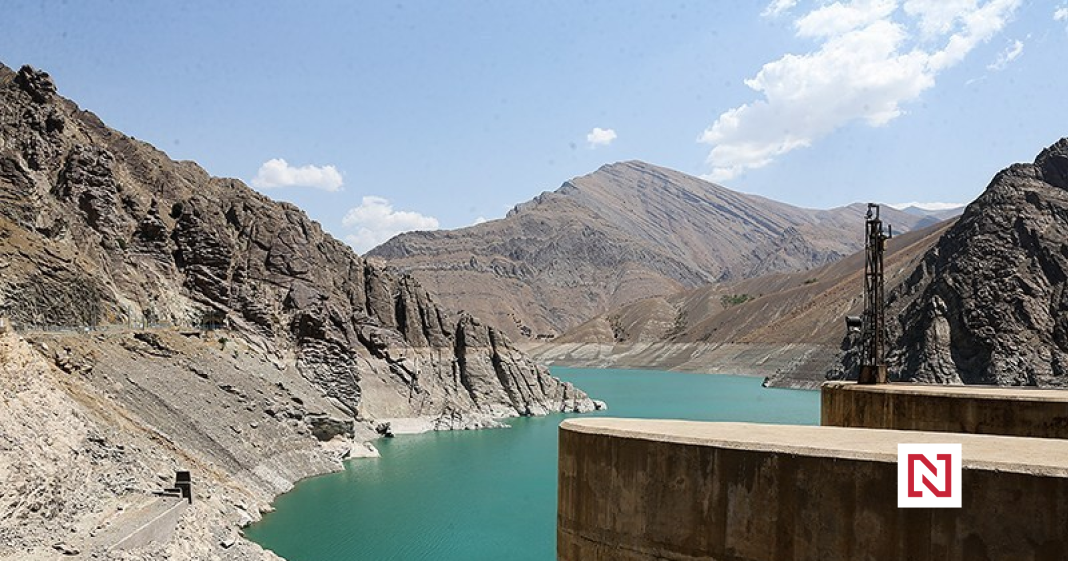Iran is experiencing its worst drought in 60 years, raising concerns about potential evacuations in Tehran and endangering precious historical sites like Persepolis. This alarming situation is prompting urgent discussions on water management and preservation efforts across the region.
Impact on Tehran and Potential Evacuations

The drought’s impact is particularly severe in Tehran, where the city’s water reserves are dwindling at a worrying rate. With over 12 million residents, Tehran faces critical water shortages that could lead to unprecedented evacuation efforts. Local authorities are closely monitoring the situation, developing contingency plans for water distribution and community relocation should conditions worsen.
The lack of rainfall over recent months has put immense pressure on Tehran’s water infrastructure. Efforts to manage the crisis include rationing water and encouraging conservation practices among residents. However, the prolonged nature of the drought means these measures might only offer temporary relief.
Threat to Historical Sites Including Persepolis

Persepolis, a UNESCO World Heritage site, is among the historical landmarks at risk due to the drought. The lack of water can lead to soil erosion and structural damage, threatening the preservation of these ancient ruins that date back to the Achaemenid Empire. Conservationists are highly concerned about maintaining the integrity of these sites.
Efforts are being made to protect Persepolis through emergency interventions, including enhanced monitoring systems to detect any signs of deterioration. International agencies may also be called upon to assist with preservation initiatives, highlighting the global significance of these historical treasures.
Environmental and Economic Ramifications

The drought is having extensive environmental impacts, reducing the region’s biodiversity and affecting agricultural productivity. Many farmers are finding it increasingly difficult to sustain their livelihoods as water sources dry up, threatening food security and economic stability in rural areas.
Agricultural sectors, heavily reliant on water, are facing crop failures, leading to financial distress for farmers and rising food prices nationwide. The government is considering financial aid and alternative farming practices to mitigate these economic challenges.
Response from the Iranian Government and International Community

The Iranian government is actively seeking solutions to address the pressing water crisis. These include exploring desalination technology, investing in water recycling systems, and negotiating international support for water management projects. Government officials are also working to raise public awareness about the importance of water conservation.
International organizations are being called upon to provide expertise and resources to Iran. Collaborations could help improve water management strategies and ensure long-term sustainability for the region. Such cooperative efforts are crucial to alleviate the human impact of the drought.
The severity of Iran’s drought is a stark reminder of the growing challenges posed by climate change. As the nation faces potentially life-altering decisions, the need for effective and sustainable water management becomes ever more critical.
Source: Official UNESCO website.





